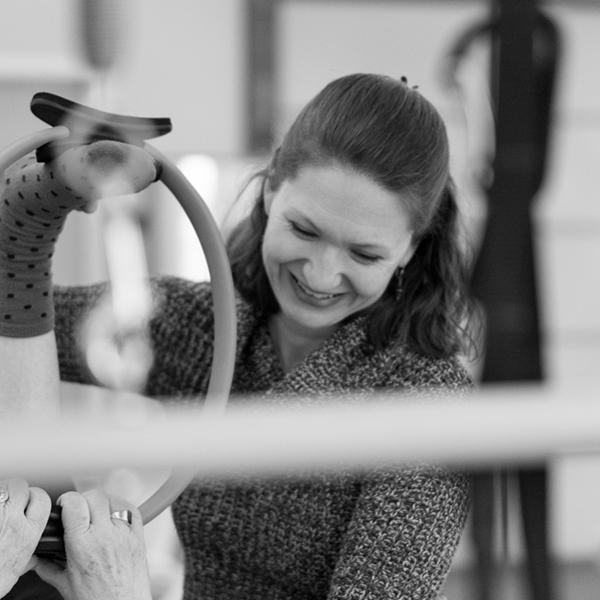
How Can You Protect Your Pelvic Floor During Squatting?
Your pelvic floor sits at the base of your core canister and plays an important role in pressure management when you lift. If you are lifting too heavy or lifting with poor body mechanics, you can put too much pressure down on your pelvic floor which can lead to pelvic floor dysfunction such as incontinence or prolapse. A simple way to prevent this from happening is to coordinate your breath with heavy exertion.
When you inhale there is an increase in pressure which can help with core stability. When you exhale, there is a natural lift or contraction of the pelvic floor which helps to counter that increase in pressure. Commonly, I encourage athletes to inhale with gravity and exhale against gravity. For example, when you squat, you should inhale as you lower, and exhale as you stand back up. This concept can be applied to other exercises such as dead lifts as well.
Follow these tips for healthy abdominal pressure and pelvic floor engagement during squats:
- Coordinate your breath with movement: Inhale with gravity and exhale against gravity.
- Use a TheraBand: Try wrapping a TheraBand snugly around your rib cage so that you will feel resistance as you inhale and start your squat. This can help with proper diaphragm expansion and ensure a high-quality exhale as you stand up.
- Exhale Loudly: Try making a shhhh noise as you exhale to help increase the activation of your pelvic floor.
- Squeeze a Ball or Towel: You can also increase your pelvic floor activation by squeezing a small ball or towel roll between your thighs. Your inner thighs, or your adductor muscles are connected to your pelvic floor, so engaging these muscles can help co contract your pelvic floor.
*If you have a preexisting injury in your lower extremity, squatting with an adduction squeeze might not be the best practice for you. - Lift within your limits! If you are having difficulty breathing or are unable to maintain proper form, you need to decrease the weight.
For more specific and personalized help, visit our website or give us a call (212) 604-1316.
Book Online
Have you been to Tula before?
Existing Patient Information
Looking up patient...
Looking up your information...











